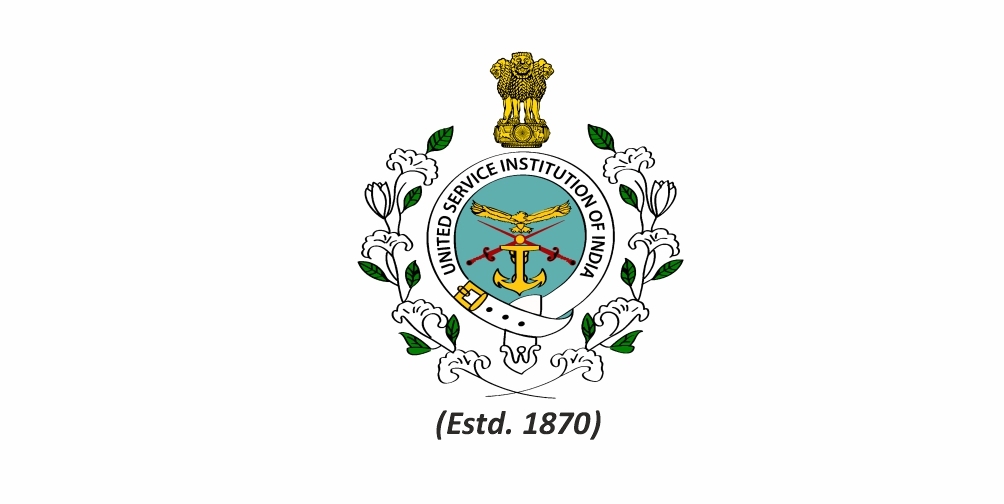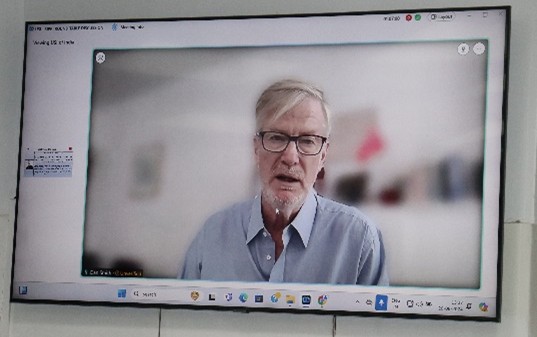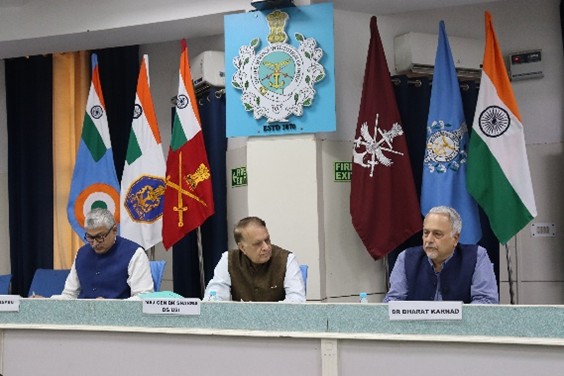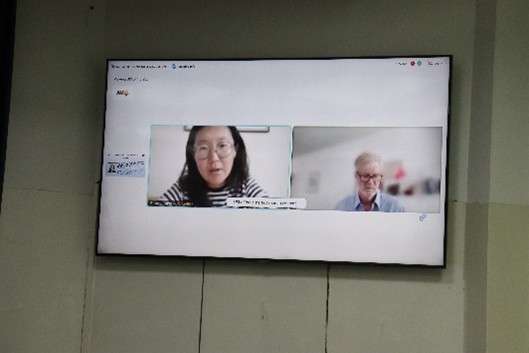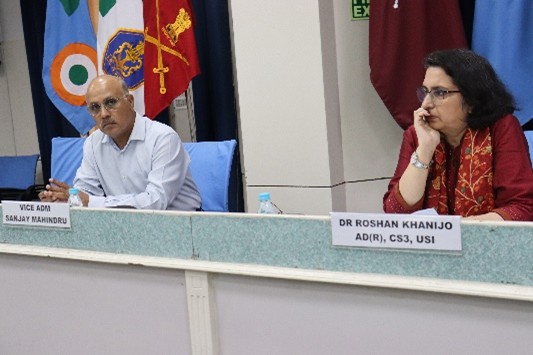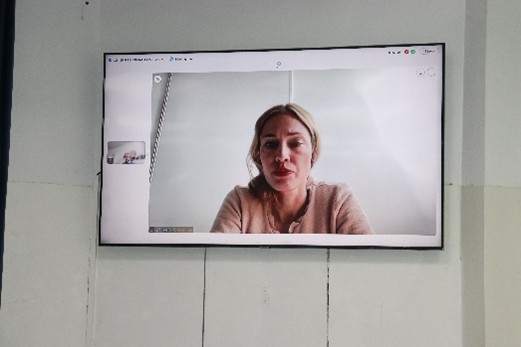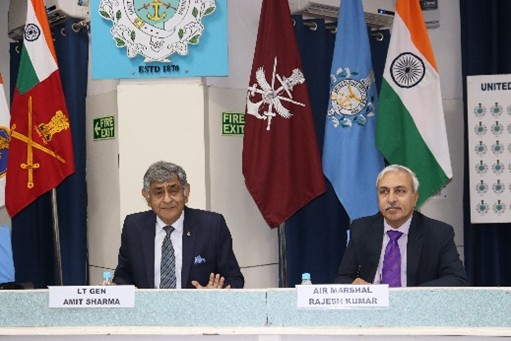|
S.No.
|
Session/Timings
|
Topic
|
Speaker
|
|
1
|
Introductory Session
1000 – 1010 H (CEST)/ 1330-1340 (IST)
|
Welcome Remarks
|
Maj Gen BK Sharma, AVSM, SM** (Retd) DG, USI
Mr Dan Smith, Director SIPRI
|
|
2
|
Session I (1010 - 1100 H) CEST
1010 – 1015 H (CEST))/ 1340-1345 (IST)
|
Nuclear Threat Matrix & Evolving Nuclear Postures; Moderator:
Maj Gen BK Sharma, AVSM, SM** (Retd), DG, USI
|
|
|
1015 – 1025 H (CEST)/ 1345-1355 (IST)
|
Evolving Nuclear Dynamics & Postures
|
Dr Bharat Karnad
|
|
|
1025 – 1035 H (CEST)/ 1355-1405 (IST)
|
North Korea Nuclear Trajectory
|
Dr Rajeev Nayan
|
|
|
1035 – 1045 H (CEST)/ 1405- 1415 (IST)
|
Risks of Nuclear Brinkmanship (Russia-Ukraine)
|
Dr Wilfred Wan
|
|
|
Q&A 1045 – 1100 H (CEST)/ 1415- 1430 (IST)
|
|
|
|
3
|
Session II (1100 - 1150 H) CEST
1100 – 1105 H (CEST)/ 1430-1435 (IST)
|
Nuclear Postures & Emerging & Disruptive Technologies (EDT), Space, Cyber & Sea Based Deterrence; Moderator: Mr Dan Smith, Director SIPRI
|
|
|
1105 – 1115 H (CEST)/ 1435- 1445 (IST)
|
EDT & Impact of Space on Nuclear Postures
|
Dr Roshan Khanijo
|
|
|
1115 – 1125 H (CEST)/ 1445-1455 (IST)
|
Sea Based Deterrence
|
Vice Adm S Mahindru, PVSM, AVSM, NM (Retd)
|
|
|
1125 – 1135 H (CEST)/ 1455- 1505 (IST)
|
Impact of Cyber on Nuclear Postures
|
Ms Fei Su
|
|
|
Q&A 1135 – 1150 H CEST)/ 1505- 1520 (IST)
|
|
|
|
4
|
Session III (1150 -1220 H) CEST
1150 – 1155 H (CEST)/ 1520- 1525 (IST)
|
Challenges to Disarmament, Arms Control & Nuclear Risk Reduction Initiatives; Moderator:
Lt Gen Amit Sharma, PVSM, AVSM, VSM (Retd)
|
|
|
1155 – 1205 H (CEST)/ 1525- 1535 (IST)
|
Nuclear Risk Reduction Initiatives, CBMs & TRIADS
|
Air Marshal Rajesh Kumar, PVSM, AVSM, VM (Retd)
|
|
|
1205 – 1210 H (CEST)/ 1535- 1540 (IST)
|
Challenges to Arms Control & Disarmament
|
Dr Tytti Erästö
|
|
|
Q&A 1210 – 1220 H (CEST)/ 1540- 1550 (IST)
|
|
|
|
5
|
Concluding Session 1220 – 1230 H (CEST)/ 1550-1600 (IST)
|
Closing Remarks
|
Maj Gen RS Yadav, VSM (Retd) Director CS3, USI
|






